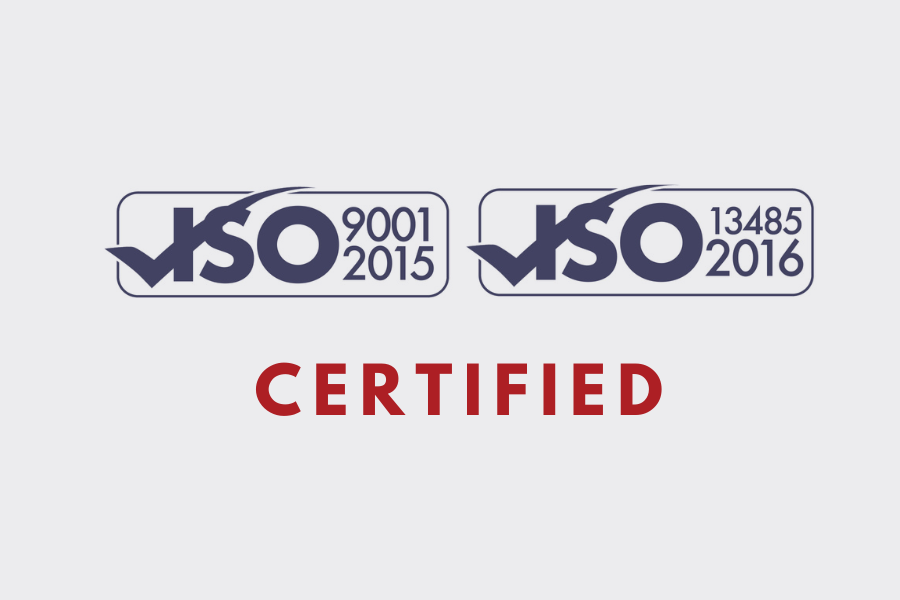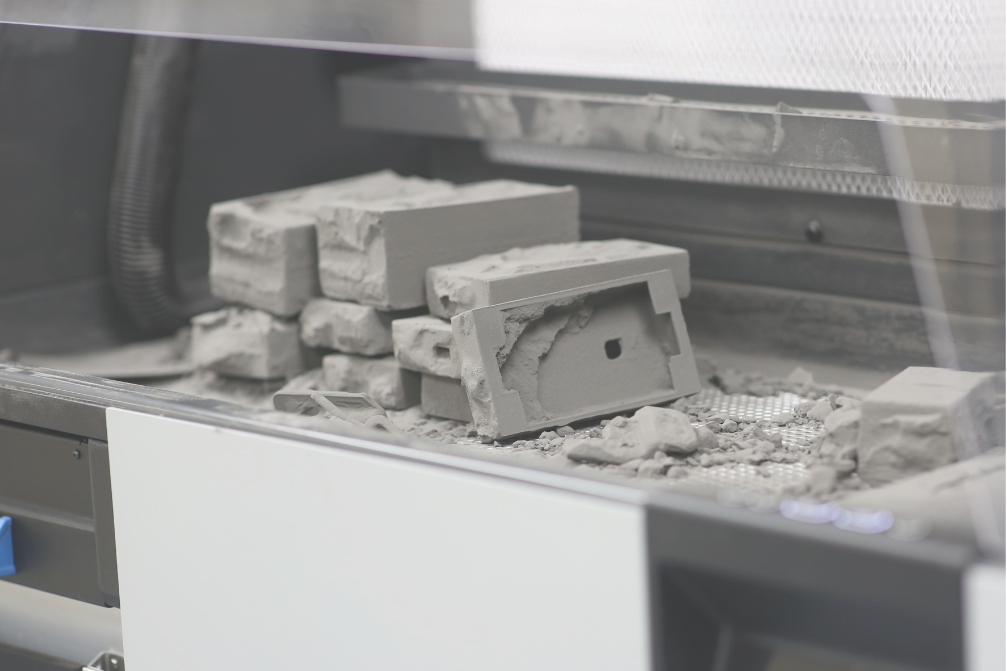EDITOR’S NOTE: This post is the second in a three-part series that explores the topic of cost reduction. We hope you enjoy these posts and find them useful.
In the first post of this series, we identified six kinds of costs:
· piece price
· quality requirements
· non-recurring engineering (NRE)
· conflicts in goals
· transaction
· speed
We also discussed the first two – piece price and quality requirements – in detail. Today’s post picks up where we left off. Let’s take a closer look at NRE and then talk about conflicts in goals. What are they, and how can addressing them (or not) affect your bottom line?
NRE
As its name implies, NRE is the one-time cost of researching, designing, developing, and testing manufacturing processes and/or features. Although a customer will pay for NRE early in a product’s lifecycle, this cost can have a direct impact on the product’s profitability. That’s because the product will need to have a certain volume of sales in order to justify and provide a good return on the initial investment in NRE.
NRE can also be experienced as volumes increase (e.g., a custom machine) or as the need for different materials arises. As we mentioned in the first post in this series, it’s important to recall that quality requirements can have a direct impact on NRE costs. For instance, sometimes you just can’t get away from having a lot of critical things on a component, because of how much it needs to interact with other components. In this scenario, you must invest more time and effort into designing a robust process for repeatability. Making your first 1, 10, or 100 of these special components – and ensuring that the process is repeatable and satisfies all of your quality constraints and requirements – will likely drive up NRE expense.
Having frank and thorough conversations about NRE is crucial to reducing costs and ensuring success. When we’re considering NRE, it’s equally essential to discuss how well the customer thinks a proposed new product will actually sell. In a perfect scenario, that means getting all of a customer’s key players and decision-makers together and helping them talk with each other as soon as possible – which brings us to our next factor of cost.
Conflicts in Goals
Conflicts often arise among a customer’s production engineers, product development, and purchasing departments. An engineering group’s top priority, for example, might be setting up the repeatable and robust processes and procedures that ensure a successful product launch. The product development people, meanwhile, are focused on coming up with a concept and design that ensures the product does what it’s supposed to do. And the purchasing department wants to get all of it done at the lowest overall expense.
When these three groups aren’t in alignment, it can be costly. Let’s imagine a company where the production engineering group decides on everything it needs and then submits its detailed purchase request. The purchasing department goes out and secures the lowest-cost supplier, who ends up delivering something that compromises the functional requirements that production engineering established. The company may have initially saved money by going with the lowest-cost option, but the result is a product that can’t be sold because it doesn’t do what it’s supposed to do or break/wears out earlier. The result is a lot of wasted time, money, and opportunity – and an expensive trip back to square one.
Or how about this scenario: the product development engineering department isn’t as concerned about the piece price – because they just want to get the product made and satisfy proof of concept. So they neglect having any kind of conversation about long-range planning and economies of scale. Over the course of the following year, the volume of the product being made goes from extremely low to very high, with no corresponding price change or plan for transitioning to increased production.
The way to avoid these scenarios and their financial implications is to engage in an exploratory discussion that then becomes an ongoing dialogue. A skilled supplier can make this happen by helping all three departments work together and focus on the company’s collective goals. The supplier can point out that while it’s O.K. for all departments to want what they want, they might not necessarily all get what they want at the same time. This process also helps to identify where a customer might be spending more money than it needs to. Additionally, a good supplier will establish and conduct quarterly business reviews with a client to monitor the progress toward current goals and identify future milestones. These steps eliminate miscommunication and reduce expensive oversights or mistakes. Everyone wins.
Coming up in the final part of this series
In the third and final post for this series, we’ll look at transaction and speed – and their impact on a project’s cost. In the meantime, if you’d like to learn more about what CST Precision can help you accomplish, please contact us at info@cstprecision.com or 864-879-8165. We’d love to work with you, from concept to prototype, print to part, prototype to production, and production to supply chain fulfillment!




